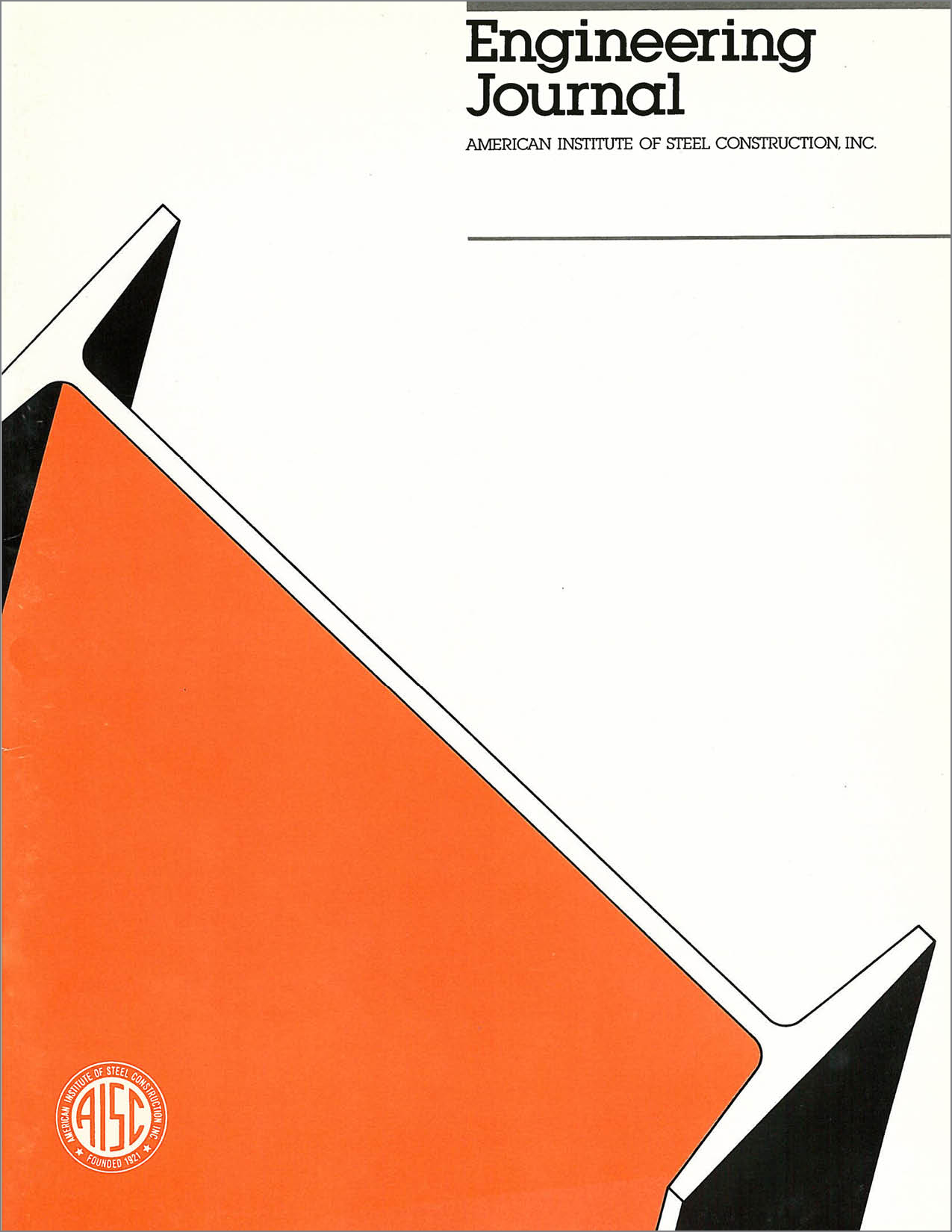Applications of Orthotropic Decks in Bridge Rehabilitation
DOI:
https://doi.org/10.62913/engj.v24i3.490Abstract
A bridge deck, subject to direct loading by heavy truck wheels and exposed to weather effects, is the most severely stressed structural element of a bridge. The static and dynamic effects of the moving wheel loads and the high ratio of live to dead load cause a wide range of alternating stresses in the deck. Repeated millions of times during the deck life, these stresses precipitate material fatigue. The decks are designed for standard loads stipulated in the AASHTO specifications. However, the actual wheel and axle loads are frequently much heavier and may cause severe overstress. Another significant contribution to flexural deck stresses is due to differential deflections of the supporting stringers, which is not addressed in the current design specifications for concrete decks. Exposure of the deck to wide temperature variations, moisture and freeze-thaw cycles further decreases the deck strength by causing concrete volume changes and cracking. However, the most important cause of deck deterioration is the action of deicing salts that penetrate concrete and corrode reinforcing steel. High pressures exerted by the rust cause further cracking, spalling and delamination of concrete, opening the way to more salt penetration and thus accelerating the irreversible process of concrete deck failure.

